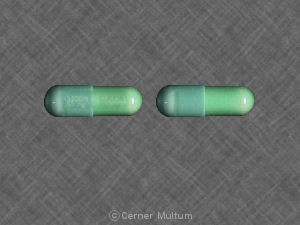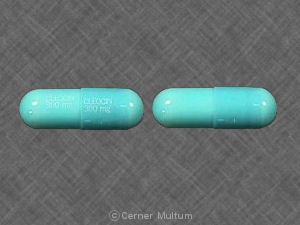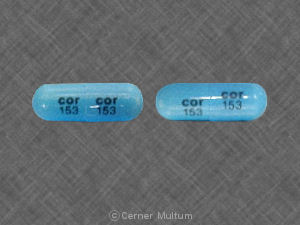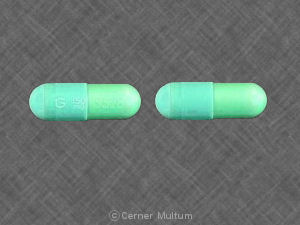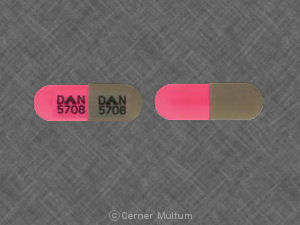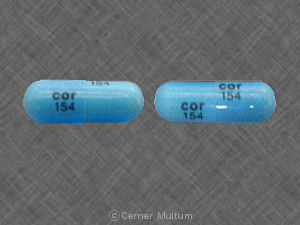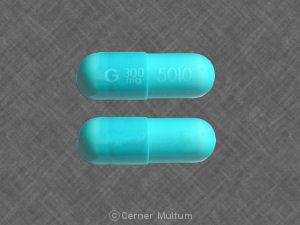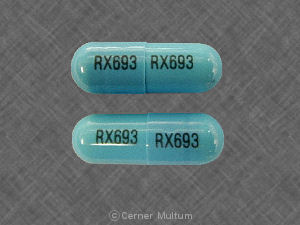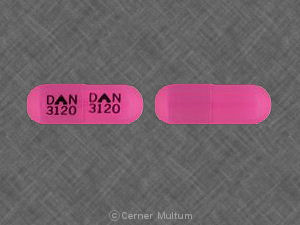What is the most important information I should know about clindamycin?
Clindamycin can cause diarrhea, which may be severe or lead to serious, life-threatening intestinal problems. If you have diarrhea that is watery or bloody, stop using clindamycin and call your doctor.
What is clindamycin?
Clindamycin is an antibiotic that fights bacteria in the body.
Clindamycin is used to treat serious infections caused by bacteria.
Clindamycin may also be used for purposes not listed in this medication guide.
What should I discuss with my healthcare provider before using clindamycin?
You should not use this medicine if you are allergic to clindamycin or lincomycin.
To make sure clindamycin is safe for you, tell your doctor if you have ever had:
- colitis, Crohn's disease, or other intestinal disorder;
- eczema, or allergic skin reaction;
- liver disease;
- asthma or a severe allergic reaction to aspirin;
- if you also take erythromycin; or
- if you are allergic to yellow food dye.
It is not known whether this medicine will harm an unborn baby. Tell your doctor if you are pregnant or plan to become pregnant.
Clindamycin can pass into breast milk and may cause side effects in the nursing baby. Tell your doctor if you are breast-feeding.
Do not give a clindamycin injection to a child without medical advice. Injectable clindamycin contains an ingredient that can cause serious side effects or death in very young infants or premature babies. Do not allow an older child to use this medicine without supervision of an adult.
How should I use clindamycin?
Follow all directions on your prescription label. Do not use this medicine in larger or smaller amounts or for longer than recommended.
Take the capsule with a full glass of water to keep it from irritating your throat.
Measure the oral liquid with the dosing syringe provided, or with a special dose-measuring spoon or medicine cup. If you do not have a dose-measuring device, ask your pharmacist for one.
Clindamycin is sometimes given as an injection into a muscle, or injected into a vein through an IV. You may be shown how to use injections at home. Do not give yourself this medicine if you do not understand how to use the injection and properly dispose of needles, IV tubing, and other items used.
Use a disposable needle only once. Follow any state or local laws about throwing away used needles and syringes. Use a puncture-proof "sharps" disposal container (ask your pharmacist where to get one and how to throw it away). Keep this container out of the reach of children and pets.
To make sure this medicine is not causing harmful effects, you may need frequent medical tests during treatment.
If you need surgery, tell the surgeon ahead of time that you are using clindamycin.
Use this medicine for the full prescribed length of time. Your symptoms may improve before the infection is completely cleared. Skipping doses may also increase your risk of further infection that is resistant to antibiotics. Clindamycin will not treat a viral infection such as the flu or a common cold.
Store at room temperature away from moisture and heat. Protect the injectable medicine from high heat.
Do not store the oral liquid in the refrigerator. Throw away any unused oral liquid after 2 weeks.
What happens if I miss a dose?
Use the missed dose as soon as you remember. Skip the missed dose if it is almost time for your next scheduled dose. Do not use extra medicine to make up the missed dose.
What happens if I overdose?
Seek emergency medical attention or call the Poison Help line at 1-800-222-1222.
What should I avoid while using clindamycin?
Antibiotic medicines can cause diarrhea, which may be a sign of a new infection. If you have diarrhea that is watery or bloody, call your doctor. Do not use anti-diarrhea medicine unless your doctor tells you to.
What are the possible side effects of clindamycin?
Get emergency medical help if you have signs of an allergic reaction (hives, difficult breathing, swelling in your face or throat) or a severe skin reaction (fever, sore throat, burning in your eyes, skin pain, red or purple skin rash that spreads and causes blistering and peeling).
Seek medical treatment if you have a serious drug reaction that can affect many parts of your body. Symptoms may include: skin rash, fever, swollen glands, flu-like symptoms, muscle aches, severe weakness, unusual bruising, or yellowing of your skin or eyes. This reaction may occur several weeks after you began using clindamycin.
Clindamycin can cause diarrhea, which may be severe or lead to serious, life-threatening intestinal problems. If you have diarrhea that is watery or bloody, stop using clindamycin and call your doctor.
Call your doctor at once if you have:
- any change in bowel habits;
- severe stomach pain, diarrhea that is watery or bloody;
- little or no urination; or
- a metallic taste in your mouth (after clindamycin injection).
Common side effects may include:
- nausea, vomiting, stomach pain;
- mild skin rash; or
- vaginal itching or discharge;
This is not a complete list of side effects and others may occur. Call your doctor for medical advice about side effects. You may report side effects to FDA at 1-800-FDA-1088.
What other drugs will affect clindamycin?
Other drugs may interact with clindamycin, including prescription and over-the-counter medicines, vitamins, and herbal products. Tell your doctor about all your current medicines and any medicine you start or stop using.
Where can I get more information?
Your pharmacist can provide more information about clindamycin.
Remember, keep this and all other medicines out of the reach of children, never share your medicines with others, and use this medication only for the indication prescribed.
Every effort has been made to ensure that the information provided by Cerner Multum, Inc. ('Multum') is accurate, up-to-date, and complete, but no guarantee is made to that effect. Drug information contained herein may be time sensitive. Multum information has been compiled for use by healthcare practitioners and consumers in the United States and therefore Multum does not warrant that uses outside of the United States are appropriate, unless specifically indicated otherwise. Multum's drug information does not endorse drugs, diagnose patients or recommend therapy. Multum's drug information is an informational resource designed to assist licensed healthcare practitioners in caring for their patients and/or to serve consumers viewing this service as a supplement to, and not a substitute for, the expertise, skill, knowledge and judgment of healthcare practitioners. The absence of a warning for a given drug or drug combination in no way should be construed to indicate that the drug or drug combination is safe, effective or appropriate for any given patient. Multum does not assume any responsibility for any aspect of healthcare administered with the aid of information Multum provides. The information contained herein is not intended to cover all possible uses, directions, precautions, warnings, drug interactions, allergic reactions, or adverse effects. If you have questions about the drugs you are taking, check with your doctor, nurse or pharmacist.
Copyright 1996-2018 Cerner Multum, Inc. Version: 11.03. Revision date: 11/13/2017.
